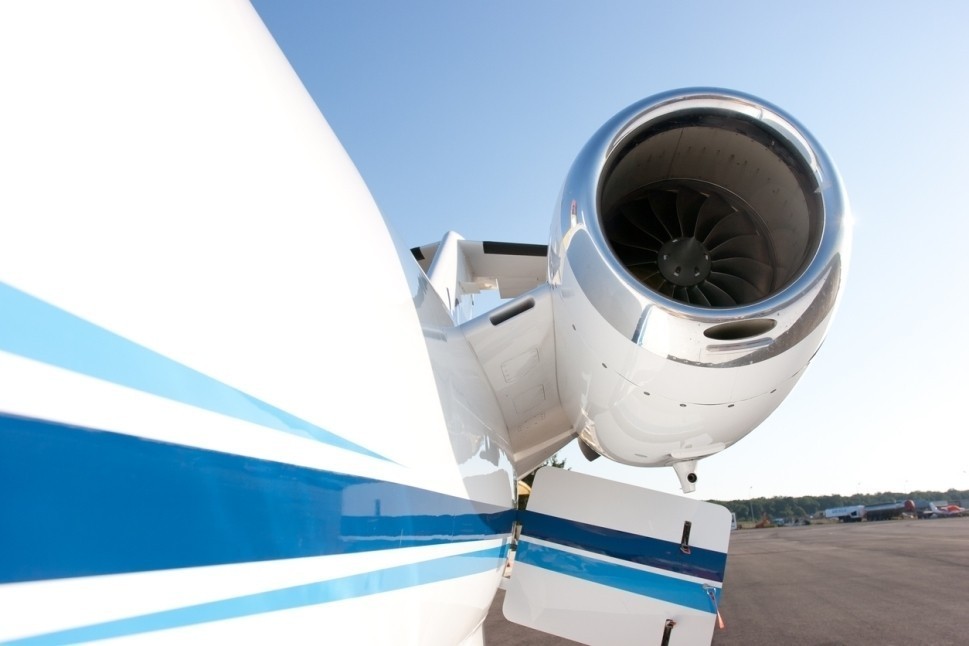- 24 May 2019
- David Wyndham
- Operating Costs - BizAv
Is a Bio-Fuel Future Realistic for BizAv?
With a strong show of industry support on display at the recent EBACE, just how realistic is it for business aircraft operators to adopt sustainable alternative jet fuels? Dave Higdon weighs the evidence…
Back to Articles
Sustainable Jet Fuels - what do operators need to know?
With a strong show of industry support on display at the recent EBACE, just how realistic is it for business aircraft operators to adopt sustainable alternative jet fuels? Dave Higdon weighs the evidence…
Years ago, various segments of aviation started looking for carbon-free alternatives to petroleum-based fuels, with costs usually the prime reason driving those efforts.
When fuel costs are low, few operators seem interested in discussing the need for an alternative. And if the possibility exists that the less-polluting option might cost a penny more per unit, interest also tended to wane.
It's been heartening, then, to see the line-up of business aircraft flown to the 2019 European Business Aviation Conference & Exhibition (EBACE). Overall, 23 aircraft were powered by a blend of conventional jet fuel and a sustainable alternative jet fuel (SAJF). But the cost of the blend (a 50/50 mix), runs significantly higher than pure Jet A, so economics alone doesn't account for the number of aircraft that participated in the demonstration.
What was demonstrated is how the Business Aviation community has come together to graphically embrace the benefits.
The readiness to utilize the currently more expensive SAJF stocks recognizes the recent agreement by member states of the ICAO Council on the criteria to be used to evaluate emissions units and programs for ICAO’s Carbon Offsetting and Reduction Scheme for International Aviation (CORSIA).
The Healthy Powerplant Choice?
From all indications, large parts of the business aircraft operator community remain unconvinced that even with offsets and incentives to use SAJF, it may not be a healthy choice for their powerplants.
But it is certainly a healthier choice for the environment and can help operators reduce their carbon output and its effects under the CORSIA. And that's where the cost savings can come (while costs of bio-fuel blends would presumably also decline with higher demand).
Of the 23 business aircraft flown to Geneva for EBACE, 13 were fueled at Farnborough Airport, UK, where not coincidentally aircraft OEMs, industry associations, fuel companies and Eurocontrol director general Eamonn Brennan took part in a program structured to illustrate the availability and benefits of using SAJF.
The SAJF Coalition organized the program while World Fuel Services and TAG Farnborough Airport helped sponsor it. Membership of the SAJF includes EBAA, NBAA, NATA, GAMA and IBAC. Together, they promoted the safety, compatibility and benefits of using such bio-fuel blends.
But fuel vendors and aircraft OEMs stress that growth in the use of SAJF faces an uphill ride as misinformation persists about the safety and compatibility of bio-fuel blends.
The reality is that after years of airborne tests the safety and power available from 50/50-mix fuels has long been demonstrated.
According to current science, when biofuels are no more than 50% of the fuel blended with Jet-A, modern turbofan and turboprop powerplants suffer no problems, while the fuels even demonstrate improved engine efficiency.
Moreover, cost-offsetting incentives are available from within carbon offsetting schemes such as EU-ETS and the upcoming CORSIA international scheme.
And for the prices of bio jet fuel blends to become more competitive, more operators need to use the fuel wherever available. That’s because without higher quantity sales helping to lower costs, even the offsetting schemes may fail to overcome the mistaken belief that such jet fuel blends could cause engine harm.
Hopefully, learning the record of years of tests that show no harm and some benefit from bio-fuel blends will provide the added incentive needed for more operators to use these blends and help normalize the costs, once carbon-offsets are applied.
Only through education can the aviation community continue to lead the way in reducing its contribution to a carbon-free future.
- Read more on Aircraft Operating Costs
Related Articles
- 13 Mar 2019
- Andre Fodor
- Flight Departments
- 12 Jan 2018
- Dave Higdon
- Operating Costs - BizAv


